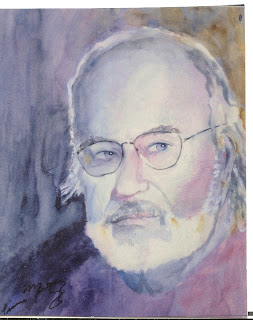CRYPTOGRAPHY
The Rev. Dana Prom Smith, S.T.D., Ph.D. (8/24/06)
Our language is full of coded phrases which almost require a cryptographer to decipher them. Perhaps, the most common is the phrase “she meant well” which is code for “she messed up.” Nowadays, “he’s trying to kick the drug habit” means “he’s an habitual drug addict.” The words “try” or “attempt” are code words for lack of intention. “I’m trying to find a job” means “I’m hanging around.” “I’m trying to go straight” means “I intend to remain untrustworthy.” “I’ll try to come to your party” means “I won’t show up.”
“Struggling with addiction” is another coded phrase, meaning someone is a drug addict. The phrase “a victim of addiction” suggests that the addict didn’t decide to use narcotics but rather that the narcotics, as perpetrators, used them and forced them into servitude, much like “the Devil made me do it.” In a secular age it is no longer fashionable to blame supernatural powers for human failure. Now, the fashion is psycho-babble in the service of evasion.
The modern propensity for the language of code and evasion infiltrates all of society. Calls from Washington for “staying the course” mean “repeating the same old failure.” “Not cutting and running” means “the situation is deteriorating.” These are code phrases used by politicians who can’t think of anything better to do than encourage people to support the politicians’ failures. “If at first you don’t succeed, try, try again” should read “If at first you don’t succeed, try something else,” like electing different politicians.
Copyright © Dana Prom Smith 2006

